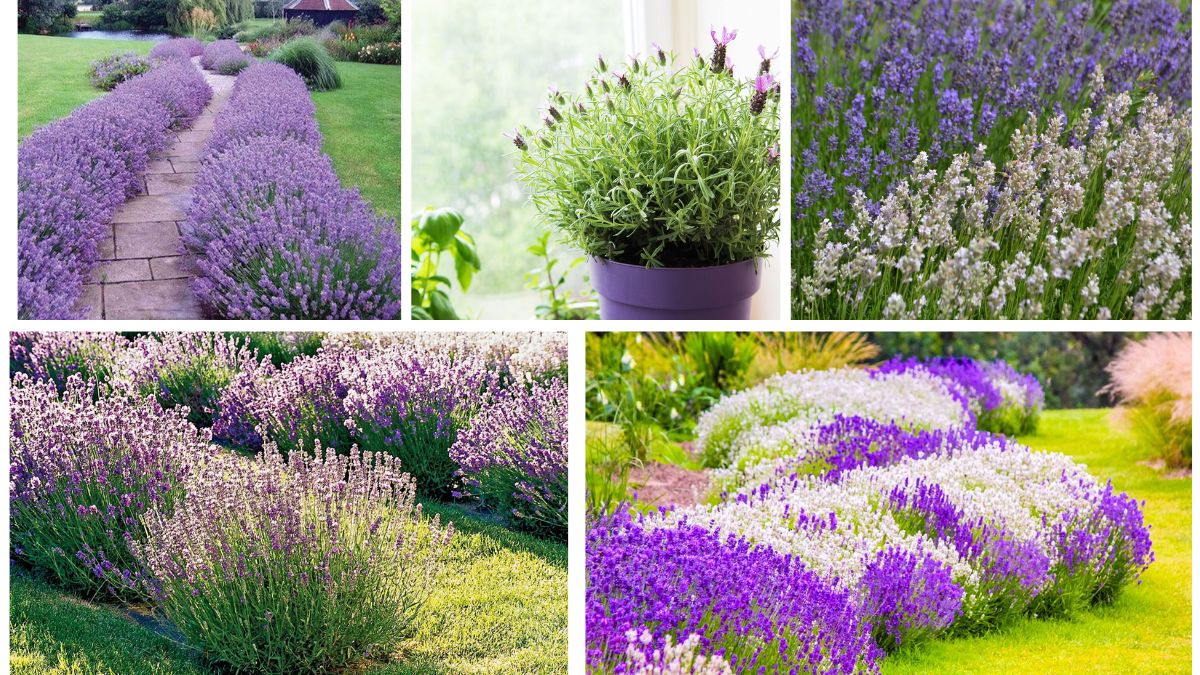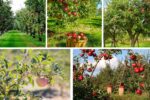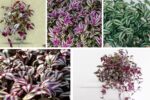Lavender is one of the most beloved plants in gardens around the world. Known for its soothing aroma, calming properties, and stunning purple-blue blooms, lavender is not just a plant but an experience. It has been cherished for centuries for its medicinal, culinary, and decorative uses. Whether you want to create a fragrant garden, make herbal teas, or enjoy its essential oil benefits, lavender is an excellent choice.
What makes lavender even more exciting is the variety it offers. With over 40 species and hundreds of cultivars, there’s a lavender type for every climate, style, and need. In this article, we’ll explore five unique lavender varieties that can bring calm and fragrance to your home and garden while elevating its beauty.
1. English Lavender (Lavandula angustifolia)
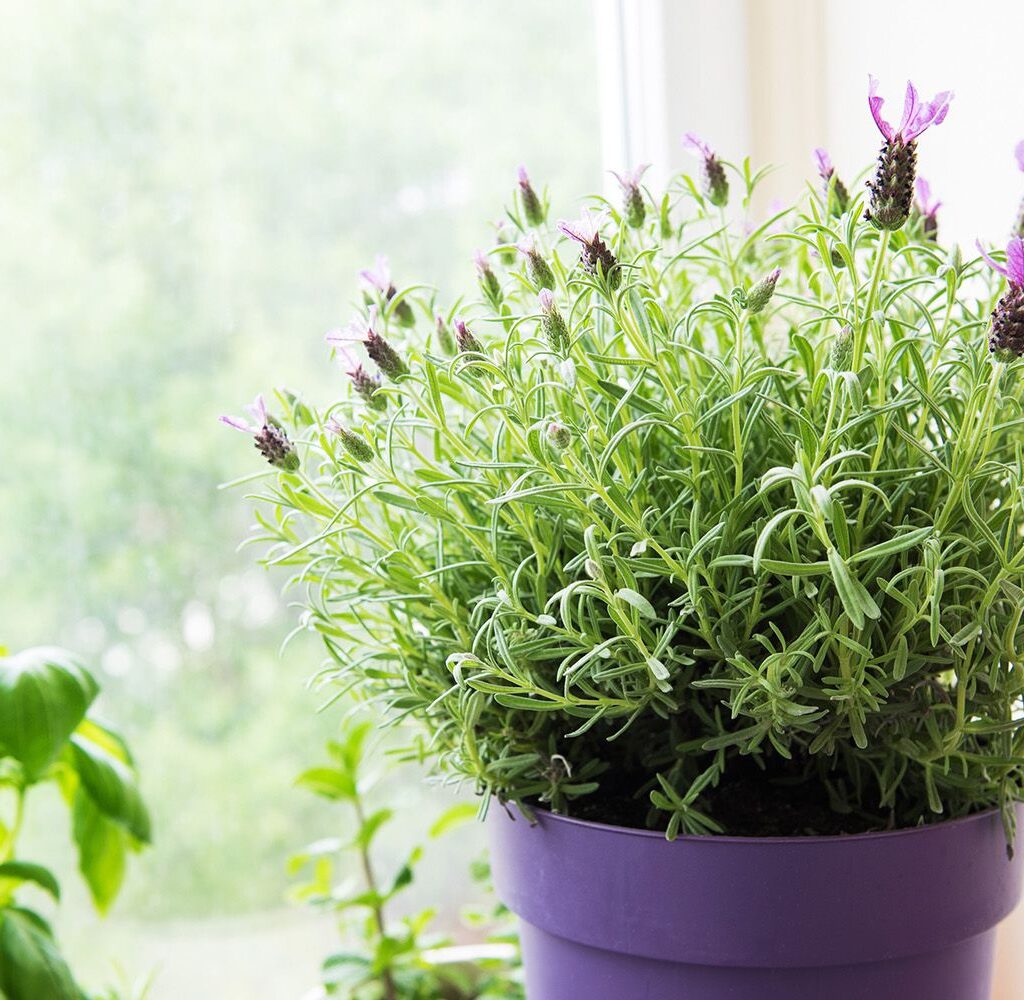
English Lavender is perhaps the most famous and widely grown variety. Despite its name, it is native to the Mediterranean region and thrives in cooler climates.
Key Features:
- Appearance: Compact, bushy growth with gray-green foliage and deep purple to violet-blue flowers.
- Fragrance: Sweet, strong aroma that is ideal for perfumes, sachets, and aromatherapy.
- Blooming Season: Summer, with the possibility of a second bloom if pruned correctly.
- Height: Grows 1–3 feet tall.
Why Grow It?
English lavender is versatile and perfect for both ornamental and practical purposes. Its flowers can be dried for crafts, teas, or potpourri. Additionally, it’s highly attractive to bees and pollinators, making it an eco-friendly choice for your garden.
2. French Lavender (Lavandula dentata)
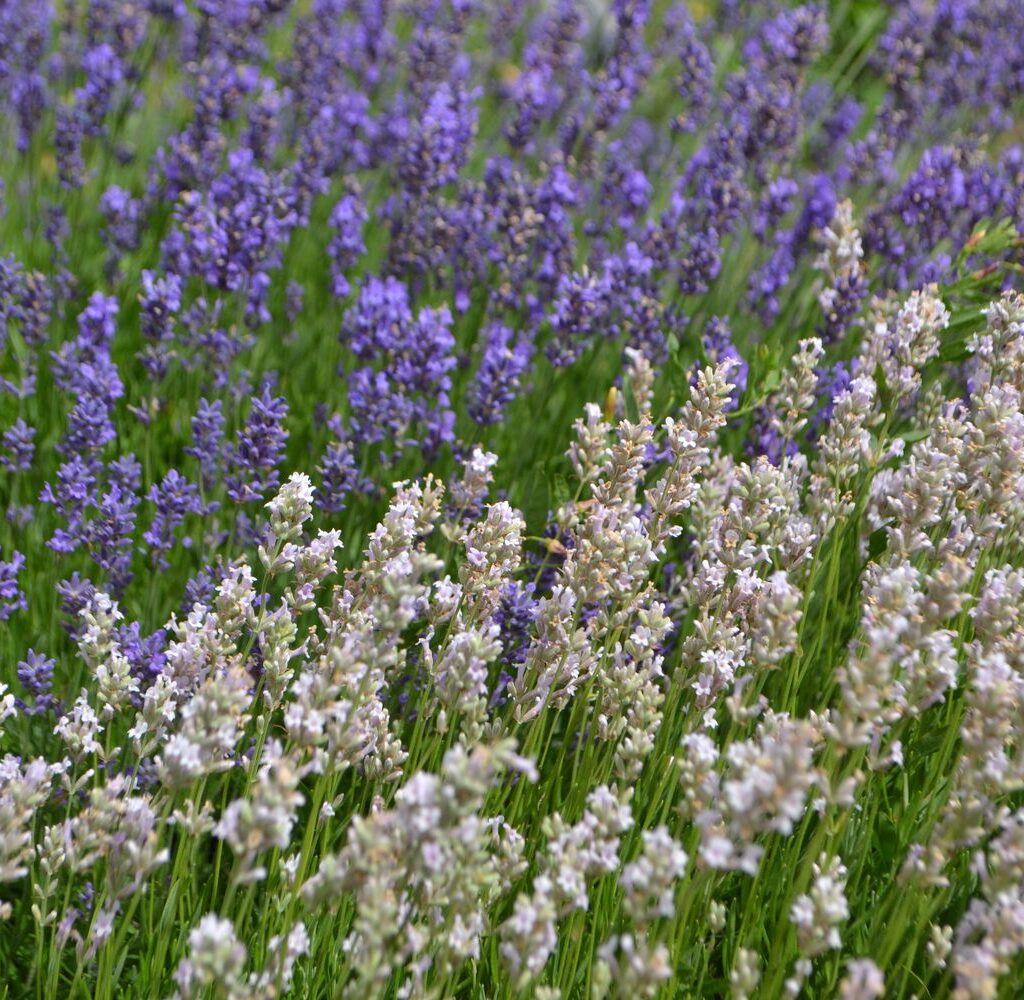
If you want a more decorative option, French Lavender is an excellent pick. It has a slightly different charm compared to English lavender and is often used as an ornamental plant.
Key Features:
- Appearance: Serrated, gray-green leaves with light purple flowers crowned with pretty bracts resembling “rabbit ears.”
- Fragrance: Less intense than English lavender but still pleasant, with a resinous undertone.
- Blooming Season: Longer blooming period, from spring through summer.
- Height: Usually grows 2–3 feet tall.
Why Grow It?
French lavender is ideal for warm climates and requires less maintenance. While not the best choice for culinary or medicinal uses due to its mild scent, it adds a unique visual appeal to gardens and containers.
3. Spanish Lavender (Lavandula stoechas)
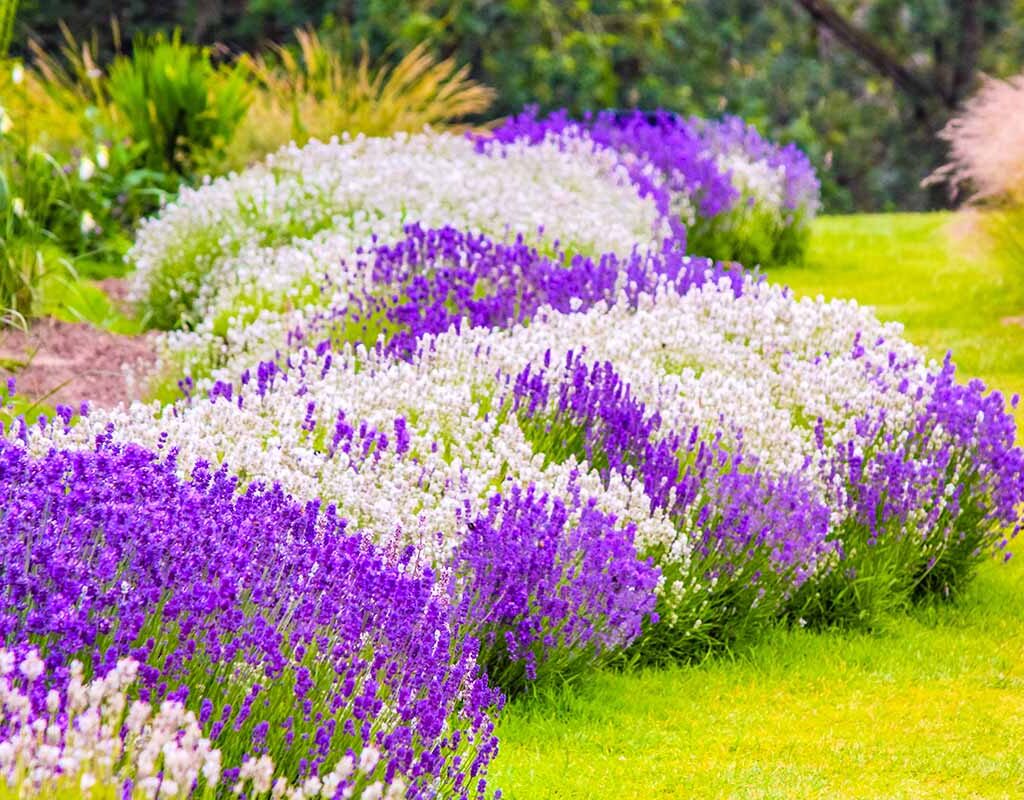
Spanish Lavender is one of the most striking and unique varieties, instantly recognizable for its unusual flower shape.
Key Features:
- Appearance: Pinecone-shaped blooms topped with showy purple bracts that look like butterfly wings.
- Fragrance: Strong, slightly camphor-like scent.
- Blooming Season: Early spring through summer, with potential extended blooms in mild climates.
- Height: Grows up to 2 feet tall.
Why Grow It?
Spanish lavender is excellent for adding flair to your garden with its exotic appearance. It’s drought-tolerant and thrives in sunny, dry conditions, making it a perfect low-maintenance option. While not as widely used in cooking, it works well for ornamental gardens and for attracting pollinators.
4. Portuguese Lavender (Lavandula latifolia)
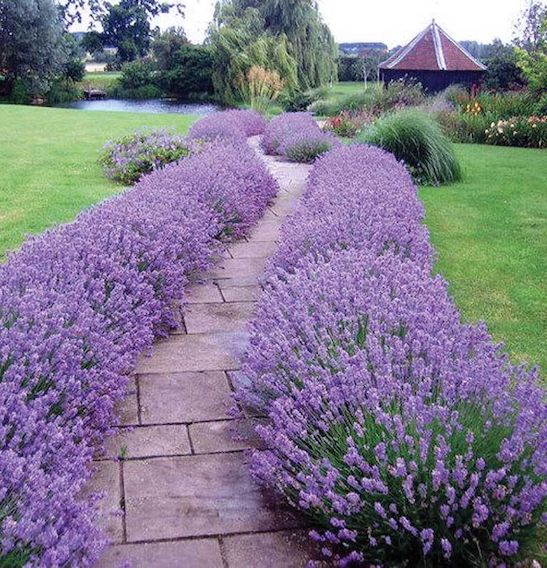
Portuguese Lavender, sometimes called Spike Lavender, is less common but highly valuable, especially for essential oil production.
Key Features:
- Appearance: Long flower spikes with pale violet blooms and broad leaves.
- Fragrance: Strong, camphorous aroma with herbal undertones.
- Blooming Season: Summer, usually later than English lavender.
- Height: Can reach up to 3 feet tall.
Why Grow It?
Portuguese lavender is often used in combination with other lavender species for hybrid varieties. It produces a high yield of essential oil, making it popular in aromatherapy and household products. It is also very hardy in hot, dry climates, making it a great option if you live in warmer regions.
5. Lavandin (Lavandula × intermedia)

Lavandin is a hybrid variety created by crossing English Lavender and Portuguese Lavender. It’s one of the most widely cultivated types for commercial purposes.
Key Features:
- Appearance: Larger plants with long stems and abundant violet-blue flowers.
- Fragrance: Stronger scent than English lavender but slightly less sweet, with a camphor note.
- Blooming Season: Midsummer, lasting longer than English lavender.
- Height: Can grow 2–3 feet tall or more, depending on the cultivar.
Why Grow It?
Lavandin is valued for its high essential oil production, making it a favorite for soaps, candles, and perfumes. It is also more robust than English lavender, with greater drought resistance. If you want a high-yield, low-maintenance lavender plant, lavandin is an excellent choice.
Tips for Growing Lavender Successfully
No matter which lavender variety you choose, proper care ensures healthy growth and abundant blooms. Here are some essential growing tips:
- Soil Requirements: Lavender prefers well-drained, sandy, or loamy soil with a slightly alkaline pH. Avoid heavy clay soil.
- Sunlight: Ensure at least 6–8 hours of full sun daily for optimal flowering.
- Watering: Lavender is drought-tolerant. Water deeply but infrequently, allowing the soil to dry out between watering.
- Pruning: Regular pruning after flowering encourages fresh growth and prevents plants from becoming woody.
- Spacing: Space plants at least 2–3 feet apart to ensure good air circulation and prevent fungal issues.
- Winter Care: In colder climates, protect plants with mulch or grow them in containers that can be moved indoors.
Benefits of Adding Lavender Varieties to Your Garden
- Aromatic Beauty: Lavender fills your garden and home with a soothing scent.
- Pollinator Attraction: Bees, butterflies, and hummingbirds love lavender flowers.
- Stress Relief: Lavender has calming effects, used in teas, oils, and baths.
- Practical Uses: From cooking and teas to soaps and essential oils, lavender is incredibly versatile.
- Ornamental Appeal: Different lavender varieties bring unique colors, flower shapes, and foliage textures to your garden.
Conclusion
Lavender is much more than just a pretty flower—it’s a symbol of calm, beauty, and timeless utility. Whether you choose the classic English Lavender, the decorative French Lavender, the exotic Spanish Lavender, the robust Portuguese Lavender, or the versatile Lavandin, each variety offers something special.
By adding these lavender varieties to your garden, you not only create a visually stunning and fragrant outdoor space but also invite peace and relaxation into your life. From herbal teas and essential oils to pollinator-friendly gardens, lavender is the perfect plant for every home gardener.
So, why wait? Start with one or more of these 5 unique lavender varieties and let their fragrance transform your garden into a haven of calm and beauty.
